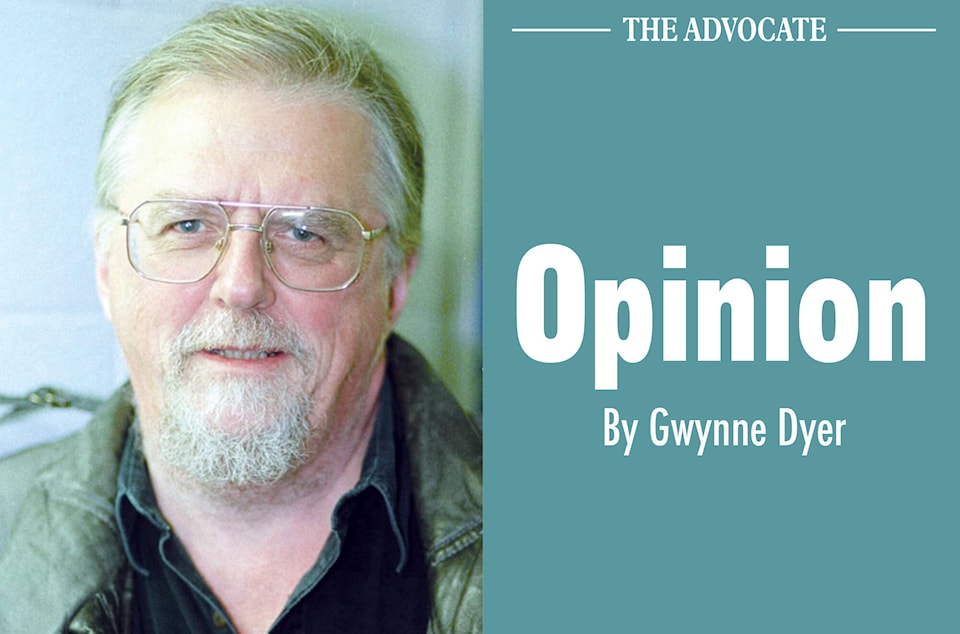Nuclear fusion, the ‘holy grail’ that would finally end all the world’s energy problems, has been receding into the future at the rate of about one year per year all my adult life – it was always “about thirty years away” – but suddenly we’re catching up. Unfortunately, the change of pace comes too late to save us from an acute global climate emergency.
The good news came on Tuesday from the National Ignition Facility at Lawrence Livermore National Laboratory in California. They have finally achieved ‘ignition’: that is, they have managed to get more energy OUT of fusing hydrogen molecules together to make helium than they had to put IN to make the fusion happen.
Theoretically, that reaction should release a huge amount of energy from a relatively tiny amount of hydrogen. That’s the whole reason for working on the problem, and the physics works just fine. But it’s the engineering problem from Hell, and in more than fifty years of experiments they’ve always had to put more energy IN than they got OUT.
The big news from the Livermore Lab is that they focused 2.05 megajoules of laser light onto a tiny capsule of hydrogen fuel for a few nanoseconds and triggered an explosion – well, first an explosion, then an implosion – that produced 3.15 MJ of energy. That’s ‘ignition’: 54% more energy out than in.
In scientific language, that’s ‘proof of concept’. Nobody really doubted that fusion could eventually be made to produce useful energy one way or another, but it still needed to be demonstrated in practice. Now it has been.
In terms of the actual energy output, however, it’s pathetic: about enough to boil one kettle. The heavy lifting of making fusion energy work on a huge scale at a commercially viable cost has still to be done, and the Livermore lab isn’t even working on those issues.
Other people are, however, and the signs are promising. The biggest project is the 35-country International Thermonuclear Experimental Reactor (ITER) in France, a huge underground magnetic fusion device that broke ground in 2010, will go active in 2025, and should be producing really interesting results by the mid-2030s.
Half a dozen smaller and more recent private start-ups are exploring alternative ways to the same goal, and several promising ones hope to have demonstration reactors up and running within this decade. The front runners are Commonwealth Fusion Systems in Massachusetts and General Fusion, a Vancouver-based Canadian-UK partnership.
The long-term promise of fusion power is dazzling. It offers effectively limitless energy from an inexhaustible fuel: isotopes of hydrogen that are derived from water (deuterium) and from enriched lithium (tritium). The process cannot result in melt-down, produces no radioactive waste, and doesn’t take up much land.
Once fusion can produce large amounts of electricity at an affordable price, we can stop burning fossil fuels entirely. Unless there are further dramatic improvements in battery weight and storage capacity, we’ll probably need hydrogen for aircraft and ships, but you just use the abundant electricity to split water for the hydrogen.
Wind and solar power will probably remain competitive in cost, but if you’re a superstitious peasant you can also retire your existing fission-based nuclear plants. So what’s not to like about fusion? Only the delivery date.
It is highly unlikely that there will be even a single prototype fusion reactor producing
commercially relevant amounts of electricity before 2030. Greenhouse gas emissions may have stopped rising by then, but they probably won’t be falling yet. So current forecasts say that we will be irrevocably committed to +1.5°C higher average global temperature by 2029.
By 2040 we could be seeing a major roll-out of fusion power plants if we’re lucky, accounting for as much as 5% of global energy use, but any faster would require implausible changes in the way the world works. By then we’ll be staring +2.0°C in the face – or already experiencing it, if some of the big feedbacks are starting to kick in.
Fusion power may give us a long, happy future if we get through the next 20-30 years without a civilisational collapse, but it won’t be the magical vehicle that carries us through the crisis unharmed. We’ll have to figure that one out on our own.
Gwynne Dyer’s new book is ‘The Shortest History of War’.
